Materials like consumer plastics, metals, rubber, paper, textiles, lost fishing gear, vessels, and other lost or discarded items can easily end up in the ocean, where they become marine debris. Marine debris threatens the ocean and its resources, the economy, and safe navigation. Animals like turtles, marine mammals, birds, and other creatures can die when they accidentally swallow or get tangled up in marine debris. These materials can also crush sensitive habitats like seagrass beds or coral reefs. All national marine sanctuaries face the challenges of marine debris and the harmful impacts that come along with managing this problem. This collection features resources related to the problem of marine debris, NOAA and sanctuary system programs, and the solution to pollution.
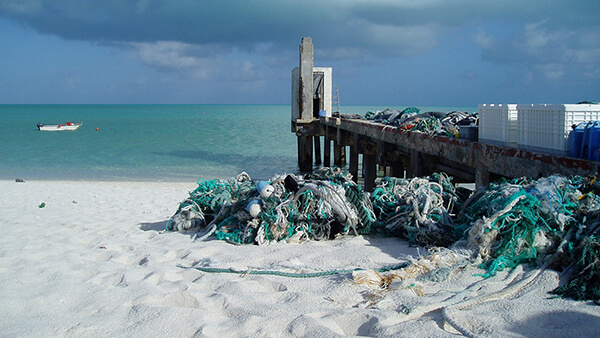
Marine debris is a problem everywhere, even in isolated locations. Every national marine sanctuary faces challenges with respect to managing impacts from marine debris, and the issue stands as one of the most prevalent across the system. Efforts to address these challenges vary among sanctuaries.
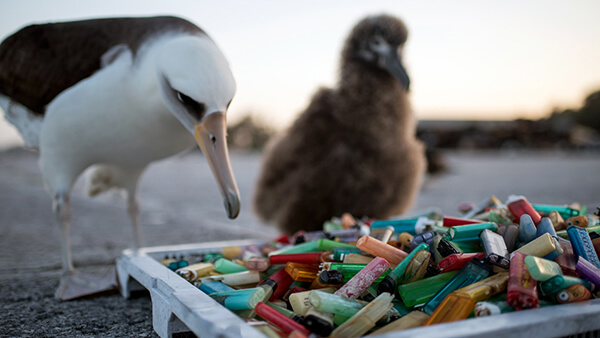
Utilize these interactive and educational lesson plans, including activity books, toolkits for educators, and activities, to educate students about the growing problem of marine debris.
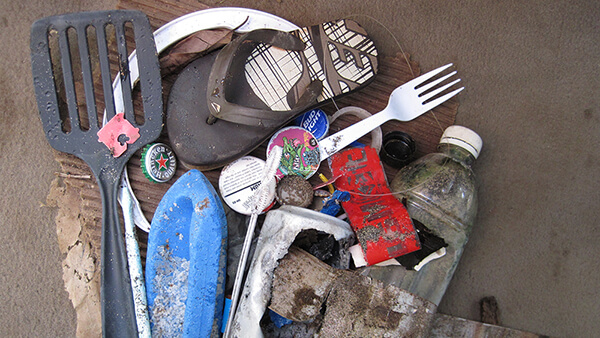
In celebration of the 50th anniversary of the National Marine Sanctuary System, the best of the best educational materials for an elementary school audience have been compiled in collaboration with the National Park Trust. This collection focuses on marine debris.
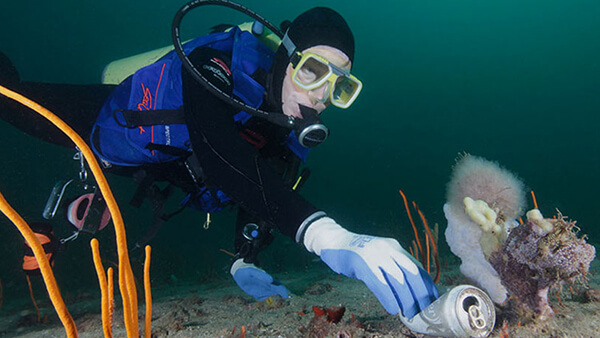
The National Marine Sanctuaries Webinar Series provides educators, students, and the interested public with educational and scientific expertise, resources, and training to support ocean and climate literacy. A compiled list of marine debris related webinars on marine debris education, mitigation plans, and removal projects can be found in this collection.
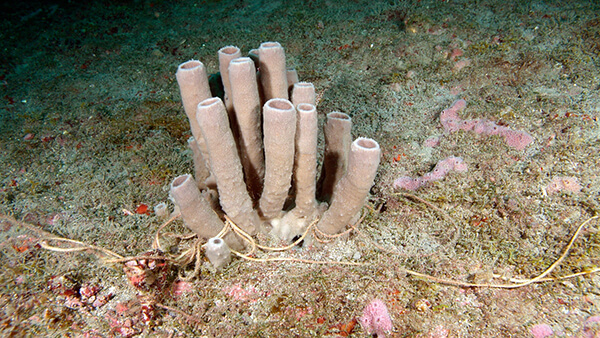
The NOAA Office of National Marine Sanctuaries’ video collection features different topics, including marine debris and its threat to marine biodiversity. These visual aids bring the problem of marine debris to life featuring stories of microplastics, sanctuary projects, and debris in the Great Lakes.
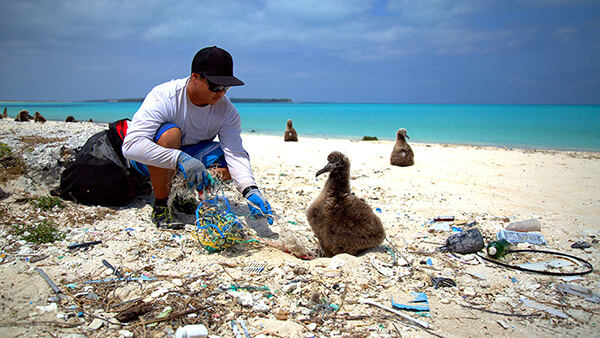
All national marine sanctuary sites face marine debris and are working towards assessing and mitigating the problem. These web stories highlight students working towards solutions, food waste, microplastics, beach cleanups, and more.
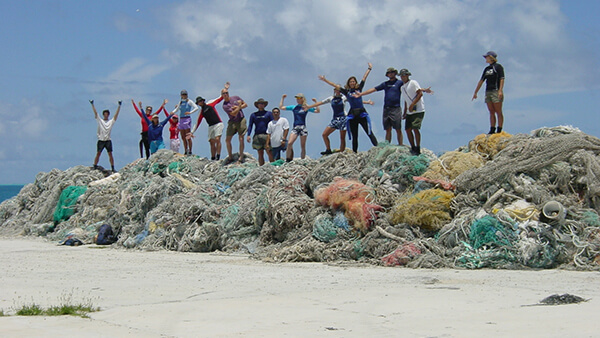
Explore the NOAA Marine Debris Program, which aims to investigate and prevent the adverse impacts of marine debris and supports projects and partnerships across the country with state and local agencies, tribes, nongovernmental organizations, academia, and industry. Their page features their current projects, regional pages, the program’s education and outreach efforts, and more.
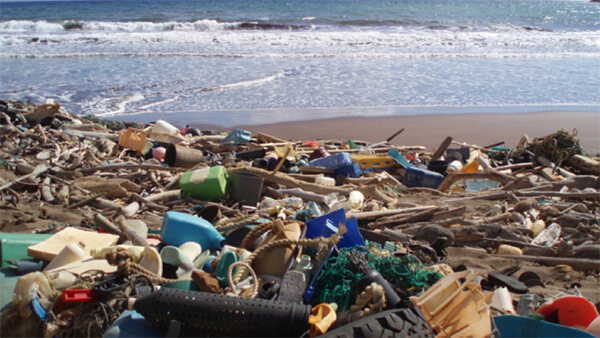
Whether humans live near the coasts or far inland, they are a part of the problem—and the solution—to ocean pollution. Through this collection of resources and information, students can be informed of the types of pollution harming our ocean, and learn about actions they can take to prevent further pollution no matter where they live.
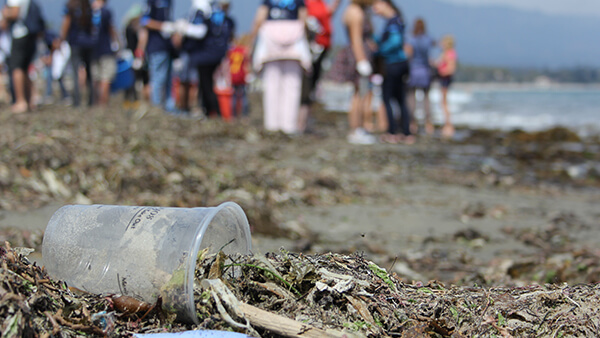
Do you want to learn even more about marine debris? Look no further than these additional materials—the final stop of this resource collection, where you will marine debris fact sheets, infographics, events, and more.